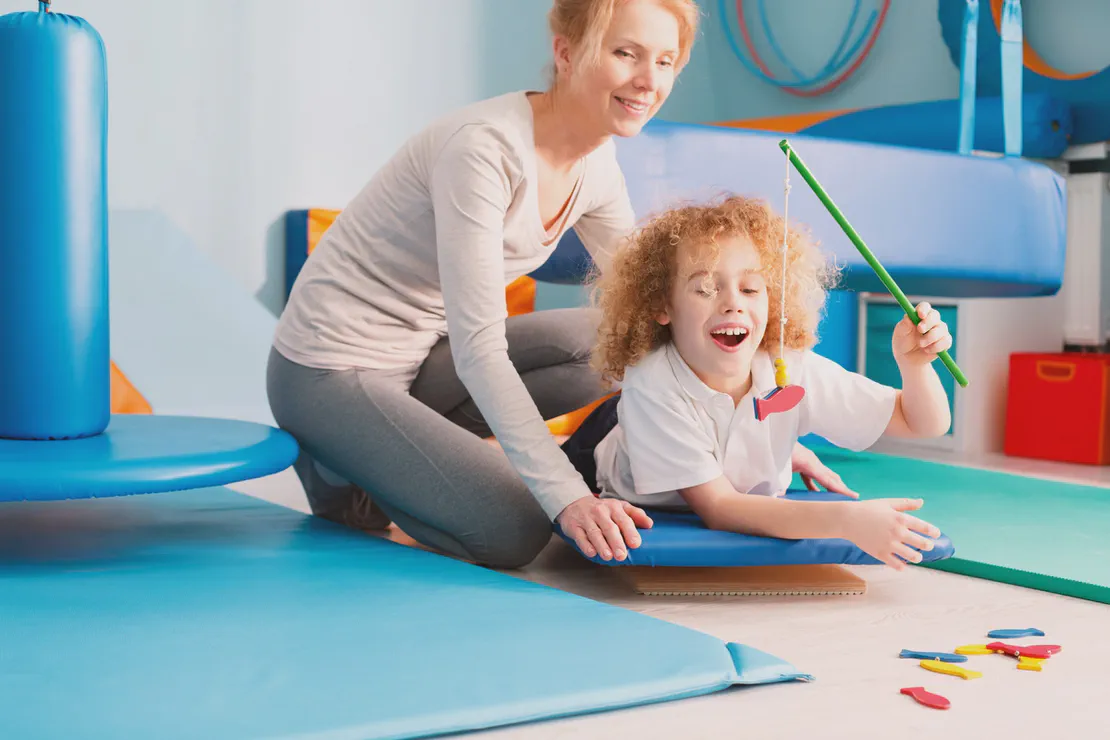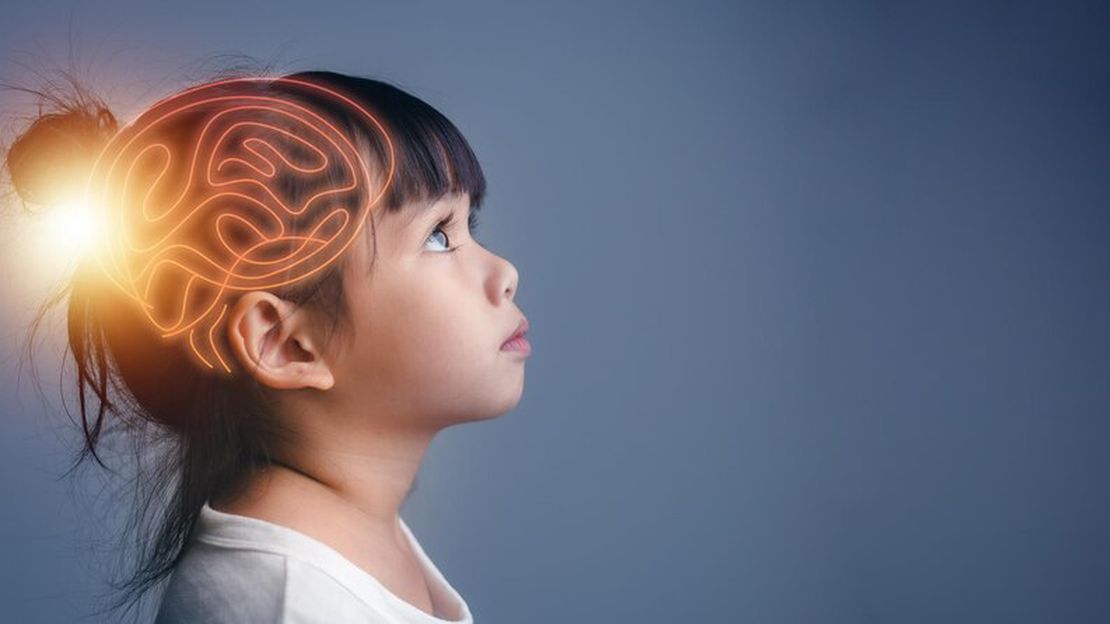The Place of Ergonomics in Occupational Therapy
Occupational therapy is a person-centered health professional group that uses meaningful and purposeful activities to increase the independence and social participation of individuals in daily life. Occupational therapists work with people whose independence in daily life is affected and/or whose social participation is limited for any reason (American Occupational Therapy Association [AOTA], 2011; Santoyo, 2011).
Occupational therapists also provide consultancy services to the families of individuals with disabilities on independence in daily living activities, organization of daily life, strengthening school participation and how parents should support children’s skills. Within the scope of clinical practices, individual-centered practices are carried out by taking into account the child’s condition, personal characteristics and environment. It is one of the goals of occupational therapists to follow the development of children from an early stage and to work on providing them with the necessary skills to perform activities.
Ergonomics is the organization of the environment for the needs of the person. Ergonomics is an important factor in facilitating the participation of children with cerebral palsy in daily life activities. After analyzing the home, school and other environments of individuals, appropriate modifications are provided (Pedretti L. W., Pendleton H. M., Schultz-Krohn W. Pedretti’s Occupational Therapy: Practice Skills for Physical Dysfunction. 2006).
Many children with cerebral palsy experience varying degrees of mobility limitations. First of all, it is very important to review and evaluate the individual needs of the child and the environment in which the child lives. Initial assessment usually includes musculoskeletal examination, movement assessment in gross and fine motor skills, family-child relationship, environmental analysis, cognitive and sensorimotor factors, activities of daily living analysis and interaction with prescribed equipment. Assistive technologies, ergonomic designs and environmental arrangements have a very important place in improving and developing the movement limitations of individuals with cerebral palsy (The Assistive Technology of 2004).
Function, defined by the World Health Organization as the interaction of the individual with the physical and social environment, takes place within a certain environment. Although occupational therapists and physiotherapists aim to integrate the skills gained by individuals in different environmental conditions into daily life activities, they usually include an assistive equipment, ergonomic arrangements necessary for the individual at home and school in the intervention plan.
Cerebral Palsy and Ergonomic Arrangements
Sitting Position
The sitting position is very important for children with cerebral palsy who have to spend most of the day sitting and perform mobility, play and functional activities in this position.
The depth and height of the chair or seat, back support, back support, arm supports, stabilizers for the pelvis and extremities, supports for head control adapted to various levels are individually adjusted for each child. The height of the assembly should be determined so that the child’s knees are in 90ᵒ flexion and the feet are in full contact with the surface. In adaptive seating arrangements, the child who is seated using the pelvic belt, the use of a block or stool in the positioning of the hips and knees to be 90ᵒ, preventing posterior pelvic tilt, preventing kyphosis and scoliosis by providing the upright position of the trunk, and also helping the child’s postural control, the use of hip abduction belt and trunk support band is effective in stabilization. With this ergonomic arrangement, the child’s head control and upper extremities are more functional.
Transfers and Assistive Technologies
If we talk about transfer techniques for both the independence of the child in daily life and the physical health of the caregiver in children with cerebral palsy; If the surface heights from the bed to the chair, from the chair to the bed are different or the gap between the two is wide, the transfer from the wheelchair with a sliding board is provided by placing it diagonally between the two chairs. The sliding board is made of plastic or wood. It is placed under the buttocks during transfer and acts as a bridge when moving from one surface to another. A transfer board or bathtub stool can also be used for transfers to the bathtub. This is a technique that can be used to help the child gain independence, especially in the diparesis or hemiparesis group. It also prevents physical strain on the caregiver when lifting the child.

A grab bar can be placed above the bathtub or next to the bathtub or shower. Non-slip mat or adhesive material can be placed on the tub or shower floor. A comb and toothbrush can be mounted on the universal cuff. Tub/toilet bars can be permanent or portable. Toilet bars are fixed and it is very important that they are fixed for safety.


Ergonomic designs and personalized adaptations such as wrist splints to stabilize the wrist, non-slip trays, adaptable eating utensils, forks and spoons with thickened handles or universal cuffs for feeding activities make the activity safer and more comfortable.


The primary problem with writing is the stabilization of the paper or book. This problem can be solved by using a clip table, a non-slip surface such as a Dycem or by gluing the paper to the table. In some children with cerebral palsy, the affected arm can be positioned over the paper to passively stabilize it. Book holders can be used to stabilize the book or paper while reading or writing, or a soft pillow can easily stabilize the book while the child is sitting in a comfortable chair. Another common problem is holding a pencil. In this case, occupational therapists can enable the child with cerebral palsy to participate in the activity with various pencil holding apparatus and auxiliary apparatus adapted to the wrist position.


In cases where there are environmental barriers that are not adapted for out-of-home wheelchair use, the caregiver can use the ready-made ramp, which does not require assembly and has a portable structure, by unfolding it where necessary, laying it on the stairs, folding and storing it when not in use.
One-handed techniques can be used to ensure the independence of cerebral palsy groups whose affected side is more prominent in dressing and undressing skills. As a general rule, when putting on clothes, start with the more affected hand; when the affected hand is left for later in the undressing phase, the skill can be completed more easily.
As a result, ergonomics is all efforts to address the physical, psychosocial and even cultural aspects of the individual in a holistic manner, in short, to eliminate or limit the challenging and negative effects on the individual’s life. Occupational therapists evaluate the needs of the individual with their knowledge and skills in the field of anatomy, physiology and activity analysis specific to ergonomics, determine the necessary solutions, apply them, provide training and evaluate the results. Thus, occupational therapists play an important role in determining strategies that enable individuals to maximize their ability to participate in activities of daily living.
Author: Erg. Asel TURGUT





